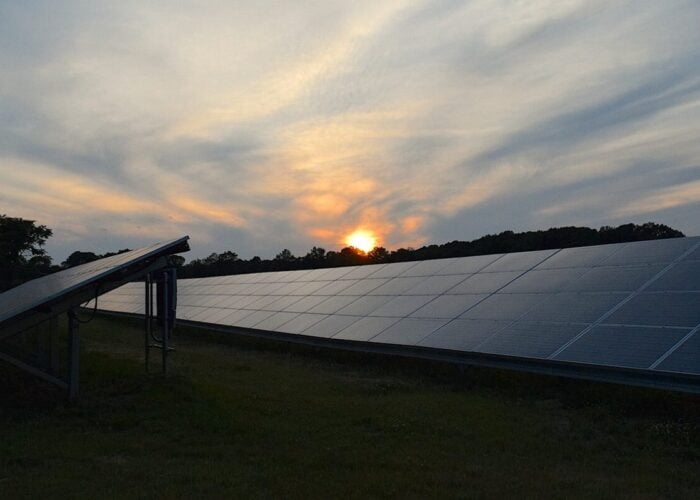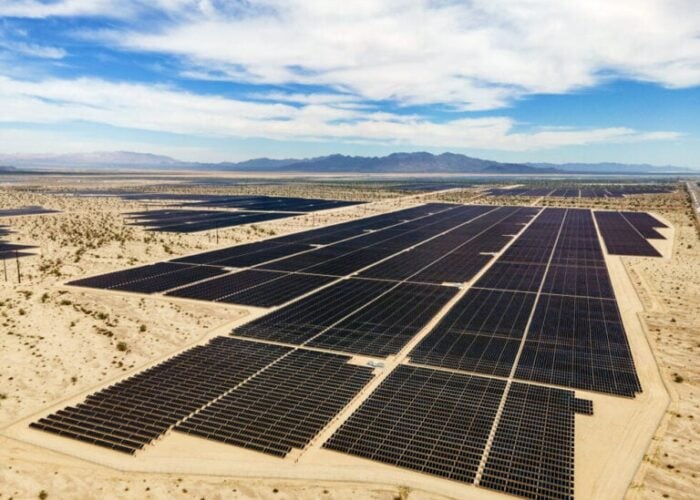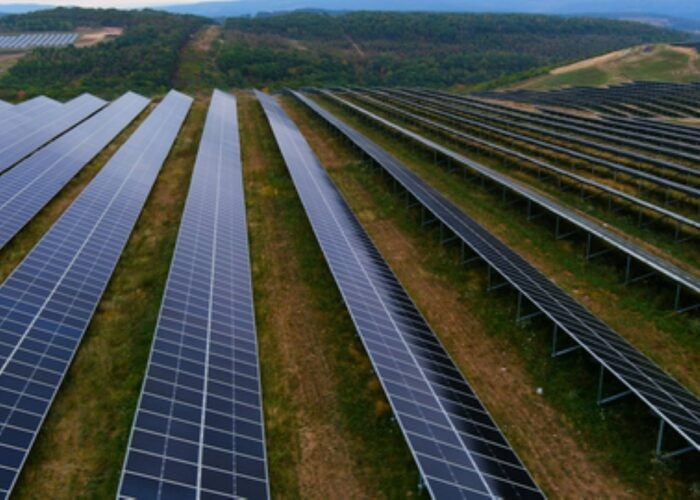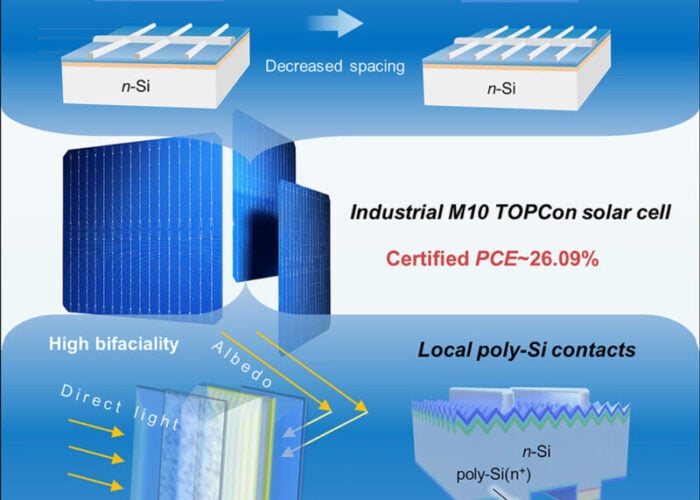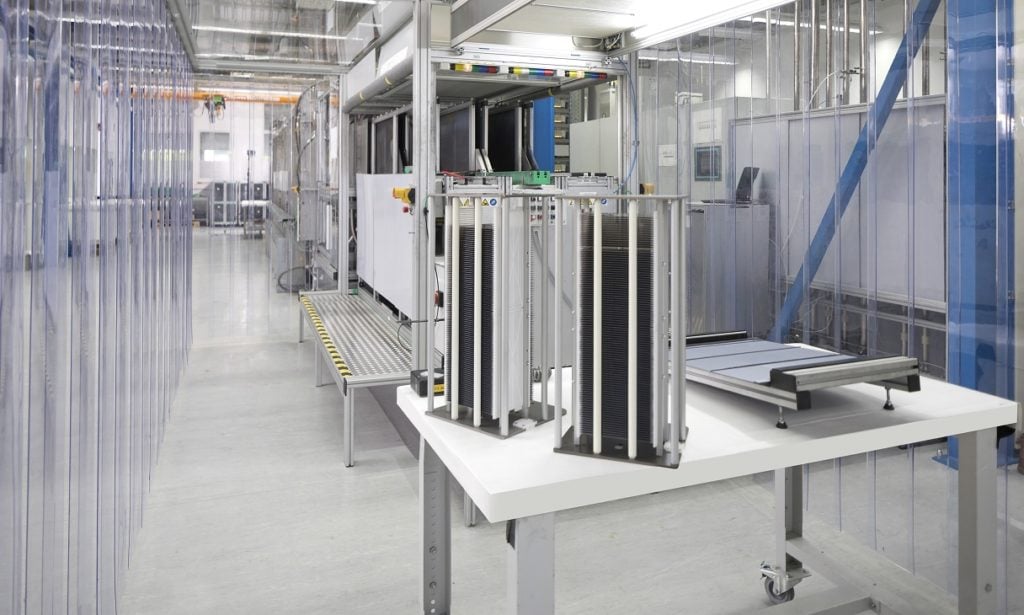
A key policy initiative of the Biden administration, through the Inflation Reduction Act (IRA), is to accelerate the deployment of renewable energy while incentivising manufacturers to reshore the key elements of the solar supply chain from polysilicon production to solar module assembly.
The IRA has turbocharged US solar deployment with installations climbing to 33GW in 2023, a 55% increase over 2022, and forecast to grow significantly in 2024 and beyond. However, in 2023, a significant proportion of this demand was fulfilled by crystalline silicon (c-Si) module imports from Southeast Asia (SEA), which hit record levels in Q3/2023.
Try Premium for just $1
- Full premium access for the first month at only $1
- Converts to an annual rate after 30 days unless cancelled
- Cancel anytime during the trial period
Premium Benefits
- Expert industry analysis and interviews
- Digital access to PV Tech Power journal
- Exclusive event discounts
Or get the full Premium subscription right away
Or continue reading this article for free
The initial wave of US manufacturing production facilities has been predominantly focused on module assembly, and multiple gigawatts (GW) of new capacity have come online in recent months. A module line can be set up in less than nine months and with modest capex. However, the upstream steps in the solar supply chain, particularly those involving polysilicon production, solar ingot, wafer and cell production, require more substantial investments and time to reach operation. These processes, notably polysilicon refining, crystal growing and wafering, are not only capital- but also energy-intensive, with a staggering 98% of global production currently concentrated in China. The associated supply chain for key equipment in crystal growing and wafering, which was originally developed in the West, is now also dominated by Chinese manufacturers.
Recognising the strategic vulnerability and the challenge to ‘reshore’ these foundational ingot and wafering steps, bipartisan voices from both the House and Senate have recently urged the US Treasury to further incentivise the reshoring of these capital-intensive manufacturing steps to address the dependency on the foreign supply chain. The concern raised was that, “Treasury’s current guidance is the equivalent of claiming an apple pie is American if the pie is baked in the US, but the apples and all other ingredients are from China.”
The recommendation to the US Treasury seeks to ensure that solar modules, in order to qualify for domestic content bonuses, are constructed from US-made solar cells using domestically produced polysilicon and wafers. Currently, there is zero ingot and wafer manufacturing in the US and the announced plans represent only a small fraction of the overall solar module installations in the US.
Reshoring these critical manufacturing steps in the solar supply chain intersects with environmental considerations. Today’s conventional solar wafer production, especially in regions reliant on coal-fired power, introduces a high level of embodied carbon in the finished product. This equates to the emissions produced throughout the manufacturing process. We can think of this conceptually as a carbon debt. To address this, there’s a push towards establishing a solar supply chain that mitigates dependency on imports and reduces the carbon debt. The carbon debt directly impacts the length of time it takes for a solar module to achieve carbon neutrality. Panels using polysilicon and wafers manufactured in a facility powered by coal can take triple the run time to become carbon neutral.
Manufacturers are addressing the embodied carbon of conventional PV panels by using lower carbon sources of electricity for the most energy-intensive polysilicon production and ingot pulling steps. Even more disruptive approaches to wafer manufacturing are moving into pilot production in 2025. These approaches completely eliminate the polysilicon (Siemens) production and Czochralski (CZ) ingot growth, reducing the carbon footprint by up to 60% when compared to conventional processing.
Shifting focus towards sustainability across the entire supply chain is essential, offering significant environmental and economic long-term benefits. This involves minimising the carbon footprint of the most energy-intensive steps and developing new processes to be less carbon intensive.
There are further opportunities to become more carbon efficient through new classes of materials such as perovskites that extend the efficiencies of current cell technology to more than 30%. Leveraging this new class of materials requires a continued investment in the development and commercialisation of next-generation products. Finally, continuing efforts to recycle materials at end-of-life which can further reduce waste and the overall carbon footprint.
As we venture deeper into the renewable energy era, the focus extends beyond the adoption of green technologies; it encompasses a commitment to ensuring that these technologies, throughout their supply chain and product lifecycle, contribute positively to our collective environmental goals. The journey towards a more sustainable and energy-independent future is paved with innovation, collaboration and a steadfast commitment to reducing our carbon footprint.
Davor Sutija is CEO of NexWafe, a manufacturer of photovoltaic wafers based in Freiburg, Germany.

